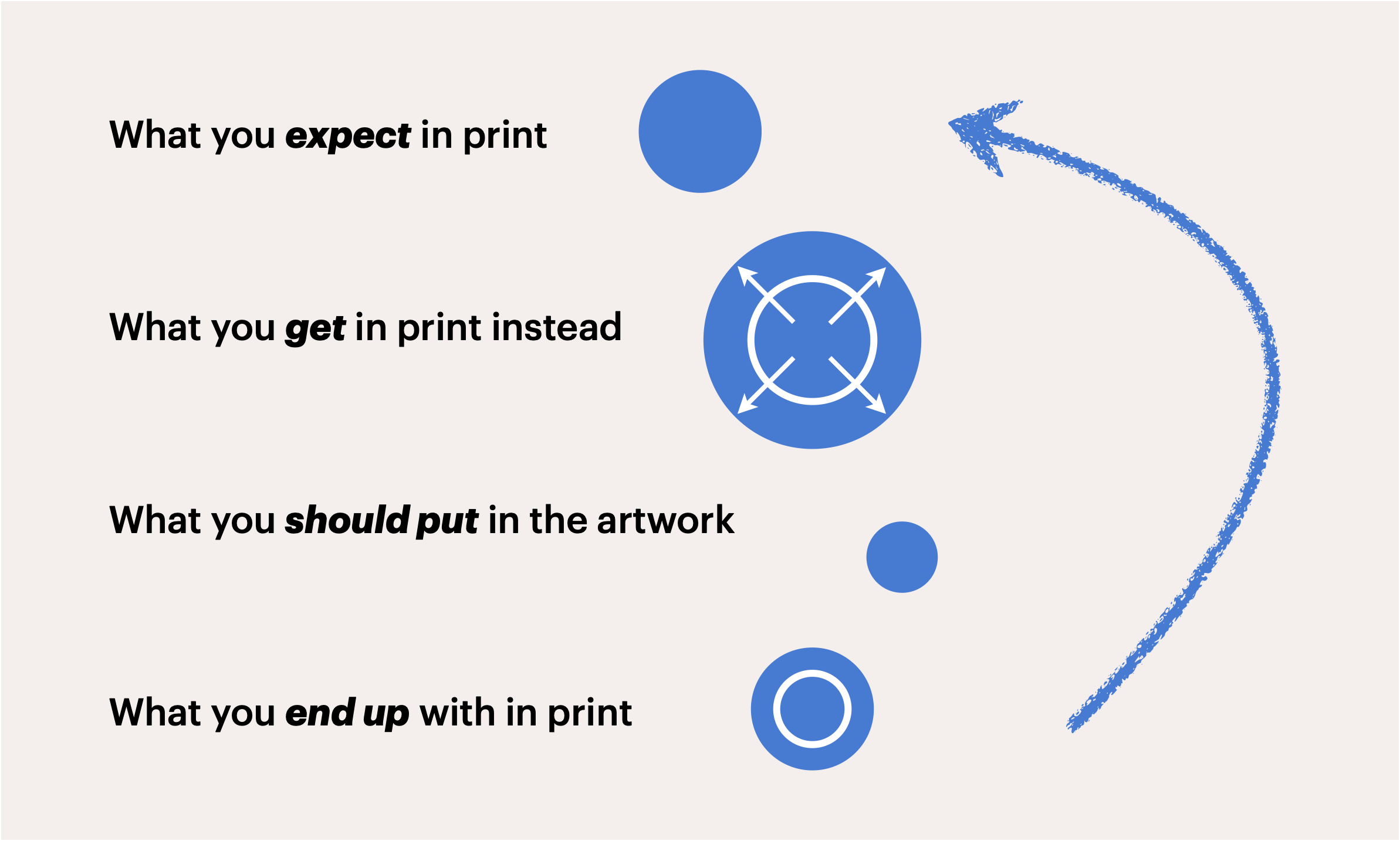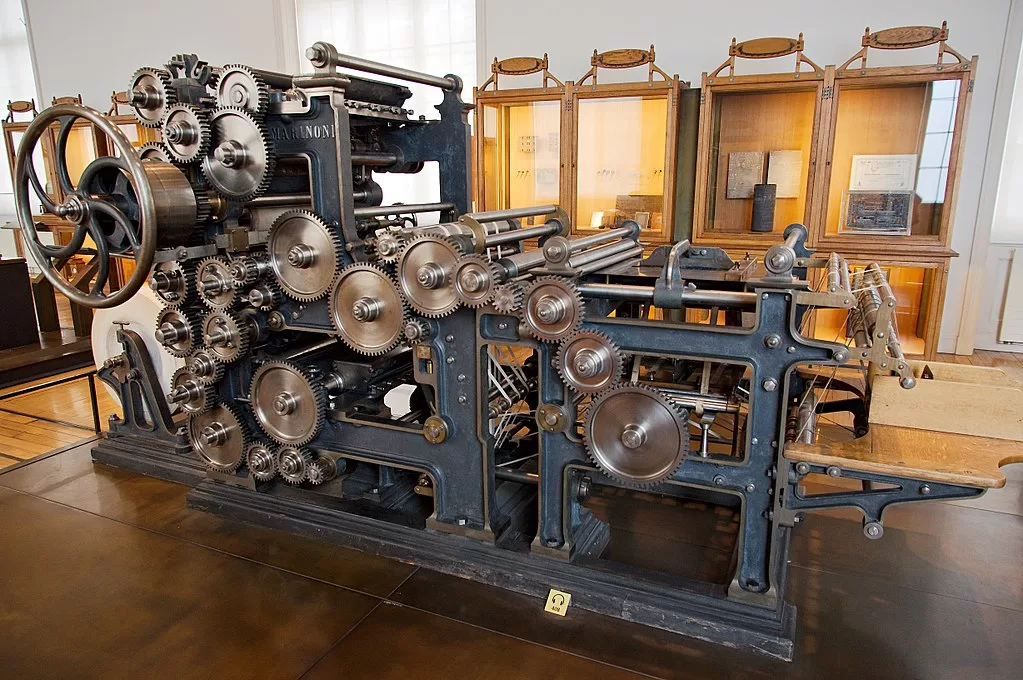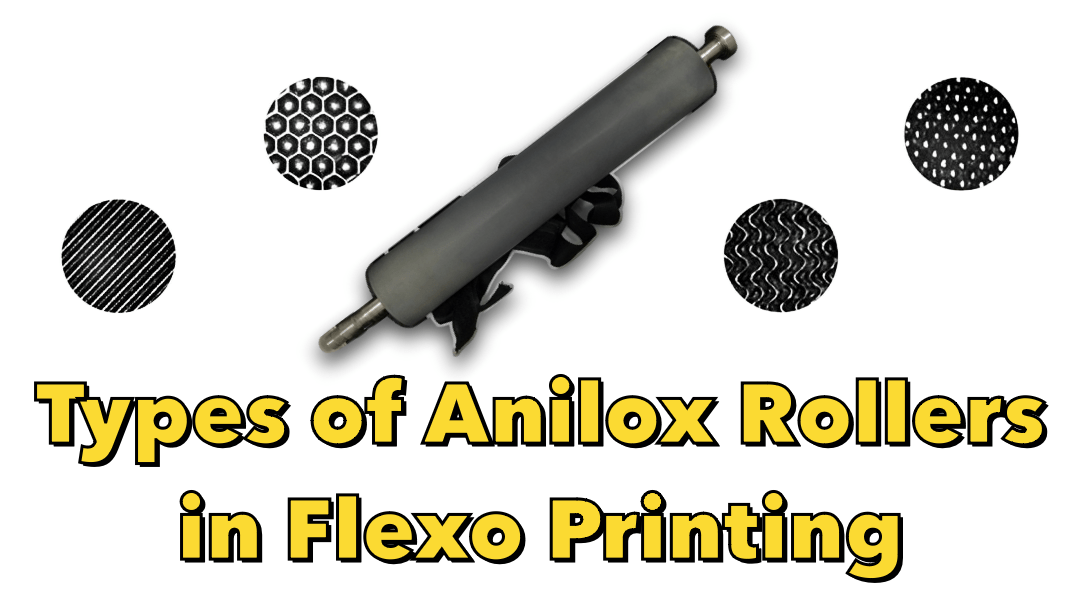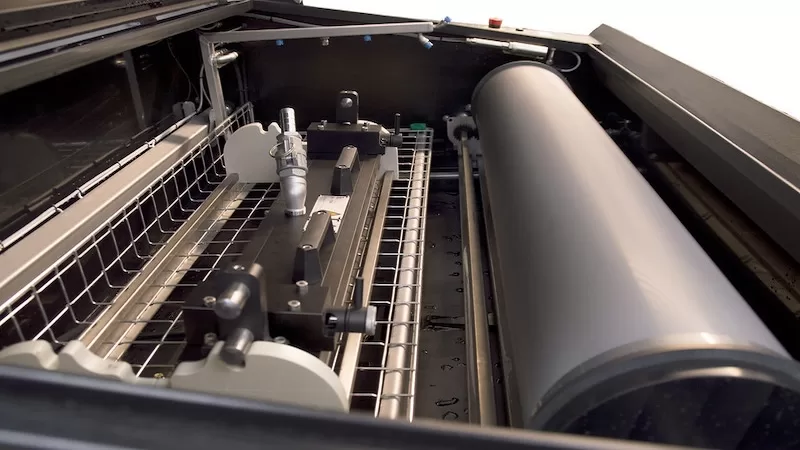Why Are Temperature and Humidity Factors Should Be Monitored in Printing Process?
Temperature and humidity are the two environmental factors that are interdependent. These two factors have a significant impact on the working conditions of an environment. Regarding flexographic printing, the ink and the printing substrate are the two materials that can be affected easily by these two environmental factors.
Humidity and temperature can alter and damage the printing results markedly. Therefore, it is crucial to maintain these factors in the suitable range to get optimal printing results. Therefore, Flexographic printing demands the consideration of carefully monitoring these two environmental factors. Keeping these factors under the monitoring watch will give you consistent, high-quality prints.
How Does Temperature in your print room Impact the Printing Process?
Temperature is a crucial environmental factor that plays a decisive role in printing. It majorly impacts the ink of flexographic printing. When the ambient temperature in flexographic printing is higher, it will cause the solvent within the printer’s ink to evaporate at a fast pace.
Consequently, the viscosity of ink will increase considerably with the evaporation of the ink’s solvent. Viscosity, as we know, is the resistance to fluid flow on a surface. A higher viscosity makes it difficult for the liquid to flow. Therefore, the high temperature will directly impact the viscosity of the ink, soaring it high.
The transferability of ink between anilox rolls and plates will decrease significantly. Furthermore, it will become slower when the ink is transferred from the plate to the substrate. It will cause ink clogging or blockage on the plate and increase the printing turnaround time.
Therefore, you must monitor the viscosity of the ink when your surrounding temperature is very high. High viscosity will damage the final printing. Therefore, you should add more solvent to the ink to lower the viscosity and ensure the smooth operation of flexographic printing even at higher temperatures. Conversely, you can use an air conditioning system to maintain optimal temperature.
Low temperature is also problematic in flexographic printing akin to high temperatures. The low temperature affects the solubility of the ink. Furthermore, low temperature also starts to solidify the ink, and it decreases the speed of transferability of the ink onto the substrate. The printing colors are also distorted due to the low solubility at lower temperatures. Therefore, keep stirring the ink unit when the ambient temperature is low.
How Does Humidity Impact the Printing Process?
Humidity is the factor that accounts for the amount of moisture in the air. This environmental factor disrupts the printing process by impacting the substrate more than the printing ink. Furthermore, paper is the most affected substrate by the humidity levels.
Other substrates, such as film or metallic sheets, are not much impacted by the humidity factor in the air. However, humidity affects paper most because it is a hygroscopic material. A hygroscopic element absorbs moisture from the air and dissipates moisture content to create an equilibrium. Therefore, humidity has much to do when using paper as a substrate.
In case of high humidity, the paper will start absorbing the moisture content from the air. Consequently, the moisture content of the paper will increase excessively. This causes the paper to wrinkle, warp, or become disfigured. The result would be that it will not register the ink correctly, and your final print will get damaged.
Besides damaging the print quality, wrinkled paper in high humidity levels can jam the printing process by sticking in the printing machine. Moreover, the drying process will slow down significantly in a high humidity environment. The toner may also peel off the surface of the printed paper, leaving blank spaces in the final print.
The paper will dissipate air content in the surrounding environment regarding low humidity. Thereby, it will cause the papers to stick. Consequently, it may cause jams in the printing process. Furthermore, the low humidity will cause the ink to fade and deliver a lighter impression. Static electricity is also a major problem in low humidity.
The static electricity will increase on the substrates when the humidity levels are low. It will cause debris to accumulate on the surface of the substrate. Thus, the print quality is badly affected owing to low humidity. Moreover, static electricity can also cause fire hazards. Therefore, the humidity factor should be monitored closely for smooth printing operations.
What Is Ideal Temperature and Humidity for A Printing Process?
The temperature and humidity can significantly impact the printing quality and the turnaround time. Therefore, one must control these factors to get the desired results. The ideal temperature of the environment should be in the range of 20oC to 30oC. You should use HVAC systems to manage the temperature in this optimal range.
On the other hand, the humidity factor should lie in the range of 50% to 70%. Keep a hygrometer in the printing room to monitor the humidity factor. It would help if you used a dehumidifier in high humidity and a humidifier in lower humidity. You can achieve the best printing results by controlling the temperature and humidity of the print room.
Concluding Remarks
Temperature and humidity are the two decisive factors that can impact the quality and turnaround time of the printing process. Therefore, it is essential to keep these two factors in control. A higher temperature will slow the printing process and cause print misregistration problems. Similarly, a lower temperature will also slow down the progress of the printing process.
Humidity impacts the substrate and will decrease the print quality markedly. Moreover, it can also cause print jams and poor printing due to the accumulation of debris from static electricity. Therefore, keeping these two factors in the optimal range is vital for the best printing results. The temperature should be between 20oC and 30oC, and humidity should lie between 50% and 70%.






